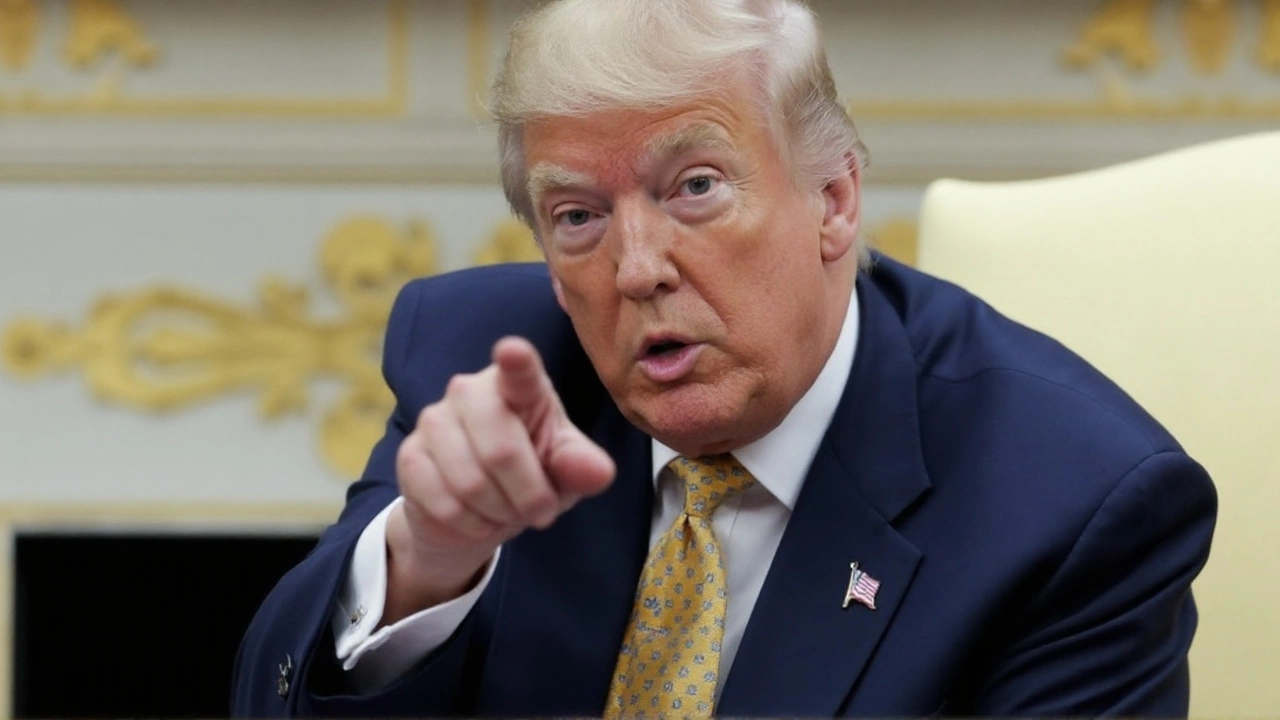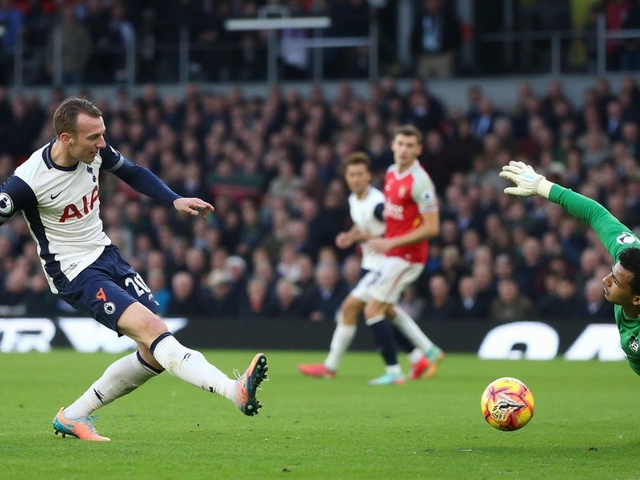Stocks Stage Comeback After Rocky Start to August
August didn’t exactly roll in quietly for Wall Street. The first days of the month were rough—think S&P 500 off by 1.6% and tech-heavy Nasdaq sliding 2.2%. But on Monday, things flipped. The stock market came roaring back, with the S&P 500 up 1.5%, giving investors a much-needed breather after Friday’s plunge that shook confidence in the economic outlook.
What’s behind this reversal? Traders spent the weekend digesting Friday's weak jobs report, which triggered fresh fears that the economy could be cooling off more than expected. But instead of panic, investors zeroed in on what weaker data often brings: a higher chance that the Federal Reserve might act to slash interest rates sooner rather than later. Like clockwork, chatter grew about a possible rate cut at the Fed’s September meeting—the sort of move Wall Street usually loves, since easier money can boost spending and lift corporate profits.
The S&P 500 had a wild end to July, with a dramatic high quickly followed by a selloff that left the index slightly lower for the day. That was the first signal things in August might get choppy. Come this week, hope for Fed action became the safety net investors were looking for. According to CME’s FedWatch tool, traders now see a whopping 94% chance that the central bank cuts rates by a quarter-point next month. Just a few weeks ago, those odds seemed much slimmer.

Economic Worries Clash With Strong Earnings
Of course, not everyone is entirely relaxed. Sure, the market got a break, but there are real concerns simmering underneath. The Atlanta Fed cut its Q3 GDP growth forecast to 2.1%, down from 2.3%. That’s not a disaster, but it’s enough to keep economic worriers on edge, especially as some data hints that unemployment might be ticking up and business activity could be softening in certain areas.
There’s also the uncomfortable fact that the S&P 500 is looking expensive. Right now, it’s trading at 22.2 times the expected future earnings, which is about 10% higher than the five-year average. In plain English: investors are paying more for stocks than usual, even as economic signals get murkier. That means stocks are "priced for perfection." If anything big goes wrong—like a deeper slowdown or a bad surprise in corporate earnings—there’s not a lot of margin for error.
But here’s what’s keeping the optimism alive: this earnings season has been a winner. About 82% of S&P 500 companies that have reported so far beat their earnings forecasts, and nearly 80% topped revenue estimates too. That solid showing is expected to push year-over-year earnings growth to around 10%. Numbers like that have a way of quieting the recession talk, at least for now.
Still, investors aren’t ignoring possible new headwinds. The U.S. has announced that tariffs—ranging from 10% to as much as 41%—will soon hit imports from dozens of countries. That’s the sort of wildcard that might upset global trade and ripple into corporate profits and consumer prices.
Right now, it’s a showdown between cautious optimism and lingering worries. Wall Street’s hoping the Fed will step in and support the rally—but also watching closely to see if corporate strength can keep counterbalancing nagging economic doubts and the impact of upcoming tariffs.





